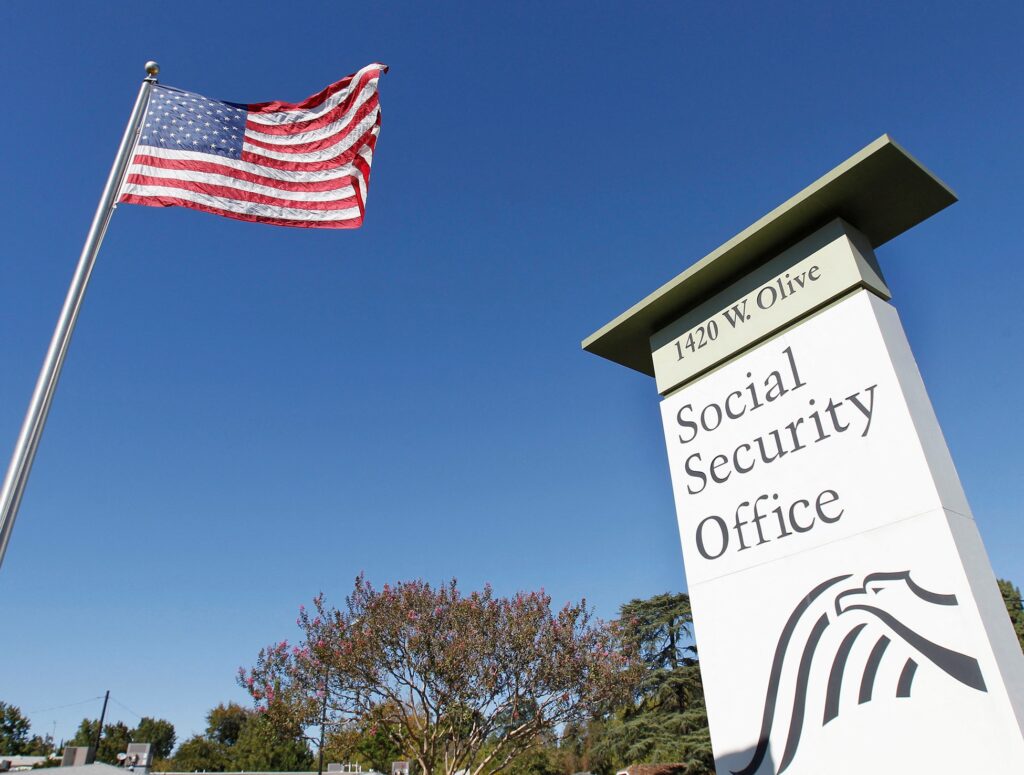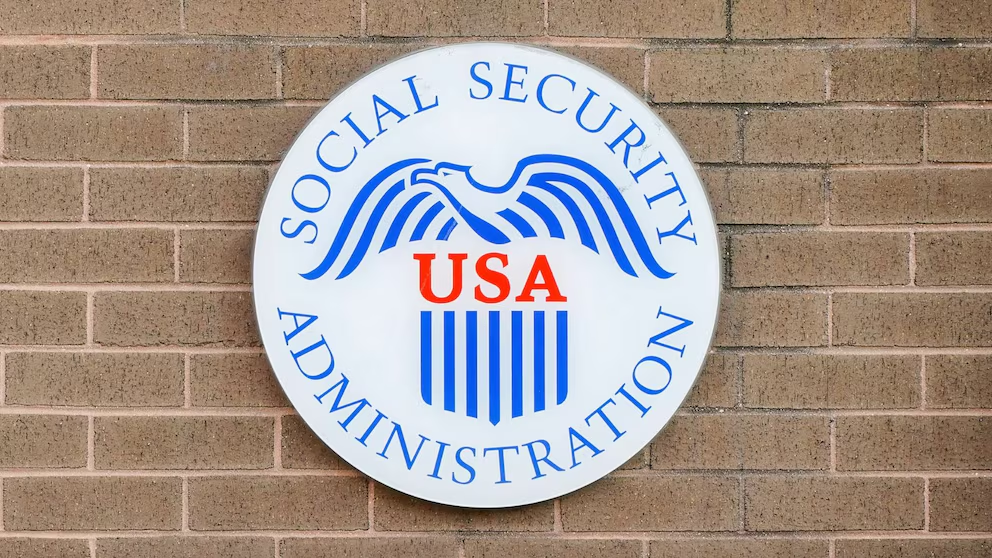Social Security overpayments have become a concerning issue for many beneficiaries. In recent years, the Social Security Administration (SSA) has been forced to reclaim millions of dollars in overpaid benefits, creating significant financial hardship for those affected. In this article, we will explore how these overpayments occur, how to prevent them, and what steps you can take to avoid repayment demands.
Understanding Social Security Overpayments
A Social Security overpayment occurs when the SSA pays a beneficiary more than they are entitled to receive. While this can be a result of administrative errors, it may also happen when individuals fail to report changes in their financial or living situations. The SSA’s role in administering benefits is crucial, but like any large organization, errors can happen.
Overpayments can arise from a variety of factors, such as:
- Administrative Errors: Mistakes made by the SSA when processing or calculating benefits.
- Beneficiary Oversight: Failing to notify the SSA of changes in employment status, income, or household composition.
- Fraudulent Activities: Deliberate misrepresentation or concealment of information.
A 2023 report from the Government Accountability Office (GAO) highlights that administrative errors and misreporting are often the leading causes of overpayments.
How to Prevent Overpayments?

While it may seem difficult to prevent Social Security overpayments, there are several steps you can take to minimize the risk. Here’s what you can do:
- Report Changes Promptly: It’s essential to inform the SSA immediately if there are any changes to your income, employment status, or household. Delays in reporting these changes can result in overpayments. The SSA provides an online portal where you can report updates.
- Review Your Statements Regularly: Be proactive in monitoring your benefit statements. Ensure that they align with your income and other relevant circumstances. If anything seems off, contact the SSA right away.
- Consult a Representative: If you’re unsure about the reporting requirements or your benefits status, it’s a good idea to consult a Social Security representative or a financial advisor. They can guide you on the proper steps and prevent unnecessary mistakes.
- Double-check for Errors: The SSA’s online tools, such as My Social Security, allow beneficiaries to monitor their benefits. Regularly check these platforms to ensure there are no discrepancies in your payments.
What Happens When You Receive an Overpayment Notice?
If you receive a notice from the SSA about an overpayment, it’s important not to panic. Instead, take the following steps:
1. Review the Notice
The first step is to carefully read the overpayment notice. The SSA will typically provide details about the amount overpaid and the reason behind the overpayment. If the explanation is unclear, don’t hesitate to contact the SSA for clarification.
2. Contact the SSA

If you believe that the overpayment was a mistake, contact the SSA immediately. The agency has a process for reviewing such claims. You can request a waiver of the overpayment if you believe it was not your fault, or you may be eligible for a reduced repayment plan.
3. Request a Waiver
If the overpayment was not your fault and repaying it would cause financial hardship, you can request a waiver. The SSA will assess your circumstances and determine whether a waiver is appropriate. In some cases, if you were unaware of the overpayment, the SSA may grant relief.
A waiver request can be made by calling the SSA or submitting a request online through your My Social Security account.
4. Appeal the Decision
If you disagree with the overpayment determination, you have the right to appeal. The SSA offers an appeals process, but you must act quickly. You have 60 days from the notice date to file an appeal. Details on how to appeal are provided on the SSA website.
5. Set Up a Repayment Plan
In some cases, the SSA may allow you to set up a repayment plan. Recent changes to Social Security policies have made it easier for beneficiaries to manage repayment without experiencing severe financial hardship. The default overpayment withholding rate has been reduced to 10% of your monthly benefits or $10, whichever is greater. This helps ensure that repayment is manageable for recipients.
Recent Changes to Overpayment Policies

In March 2024, the SSA made significant changes to its overpayment recovery policies. In an effort to reduce the financial burden on beneficiaries, the SSA announced a reduction in the automatic withholding rate to 10% of monthly benefits or $10, whichever is greater. This policy change applies to those who are currently repaying overpayments, making it easier to manage and avoid severe financial strain.
For more information on these changes, visit the SSA blog.
Conclusion
Social Security overpayments, while often unintentional, can cause serious financial stress for beneficiaries. However, by staying proactive—reporting changes in your circumstances, reviewing your statements, and acting quickly if you receive an overpayment notice—you can avoid unnecessary issues. Remember, if an overpayment occurs, the SSA offers several options for resolving the matter, including waivers, appeals, and manageable repayment plans. Keeping informed and following these guidelines can ensure that your Social Security benefits remain a reliable source of income without unexpected demands for repayment.
For more information on managing Social Security benefits and preventing overpayments, visit the official SSA website.
This article has been carefully fact-checked by our editorial team to ensure accuracy and eliminate any misleading information. We are committed to maintaining the highest standards of integrity in our content.

Premlata is a seasoned finance writer with a keen eye for unraveling complex global financial systems. From government benefits to energy rebates and recruitment trends, she empowers readers with actionable insights and clarity. When she’s not crafting impactful articles, you can find her sharing her expertise on LinkedIn or connecting via email at [email protected].




